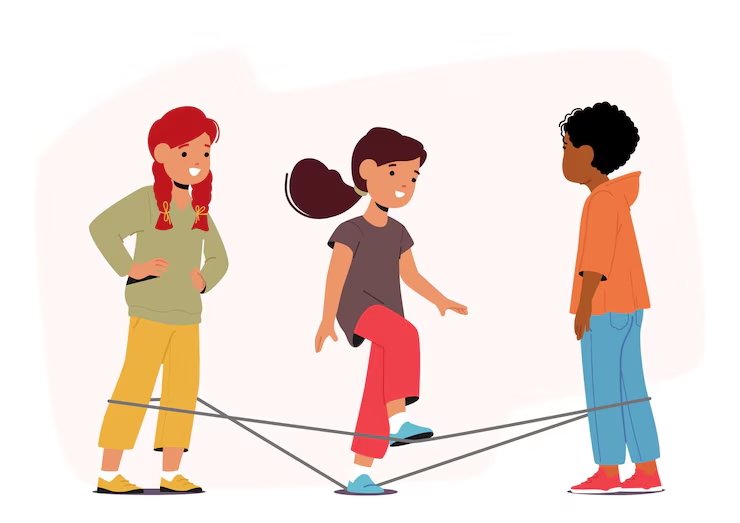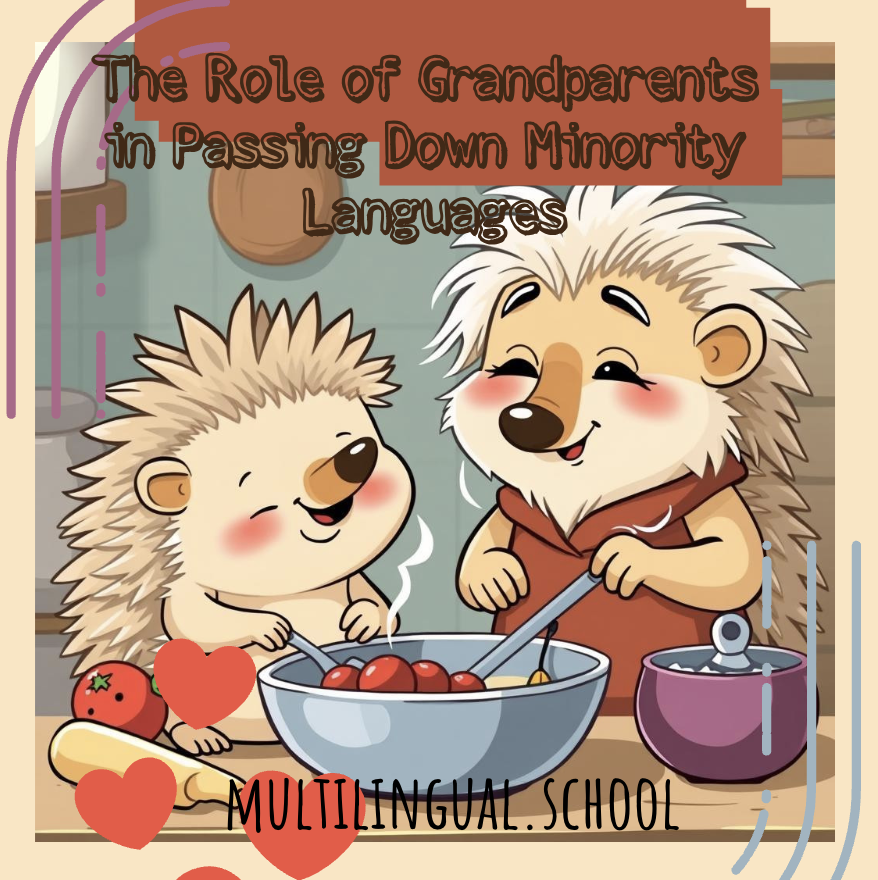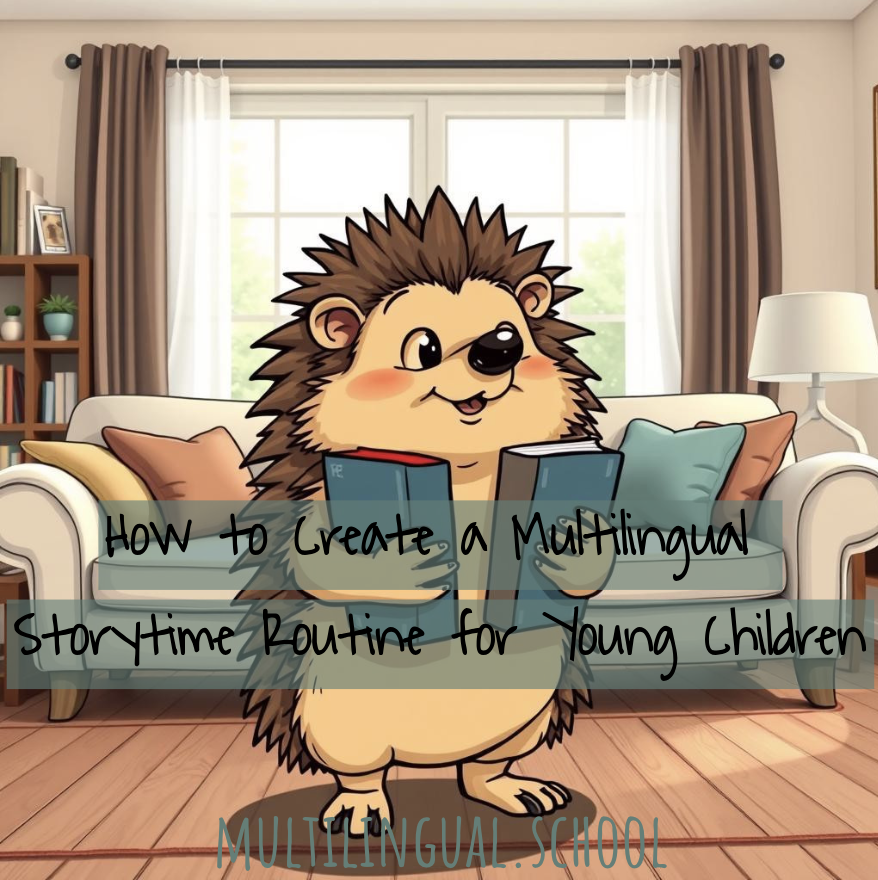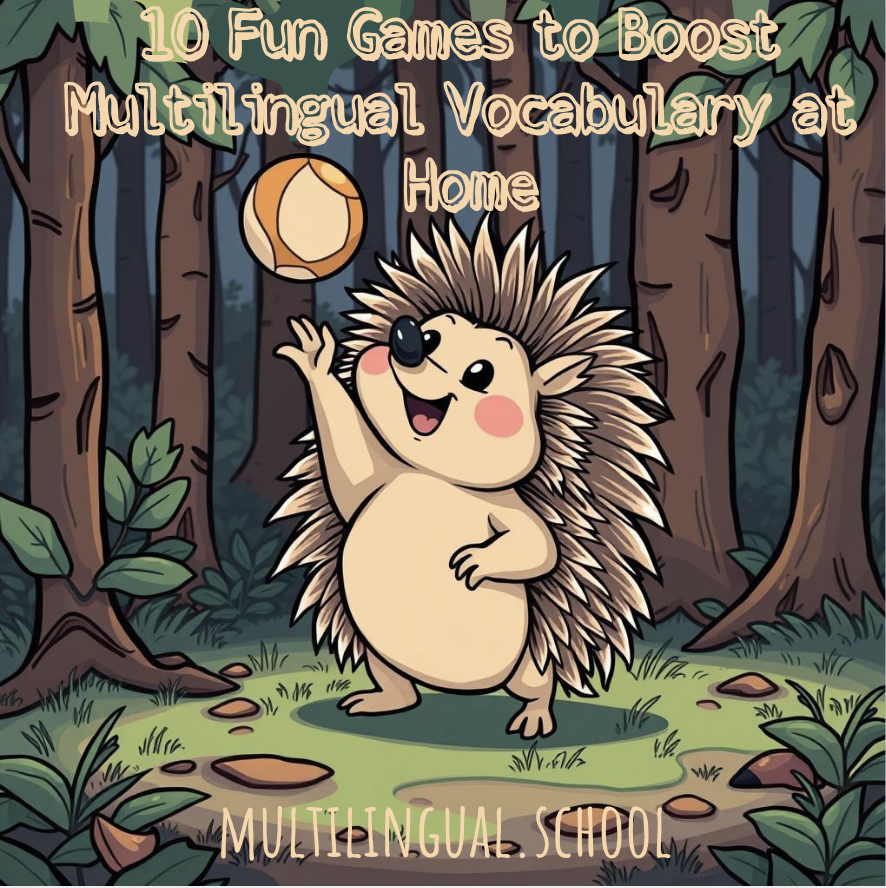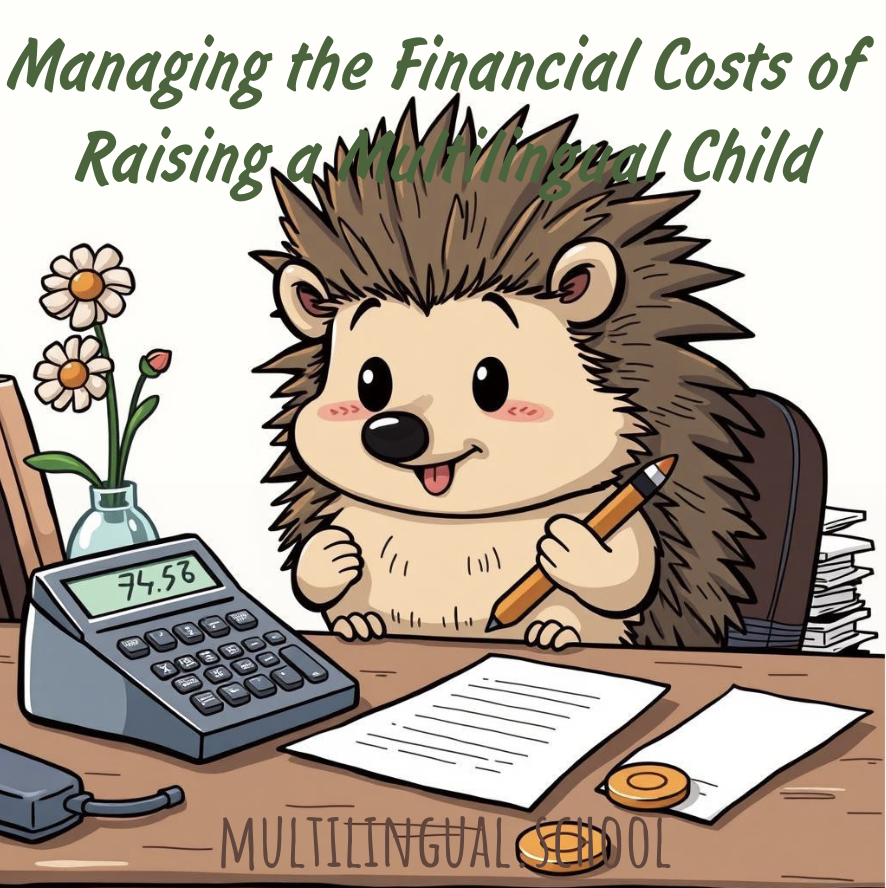Global Playground Adventures: Unconventional Outdoor Games from Different Countries
This post may contain affiliate links, which means that I may receive a commission if you make a purchase using these links. You do not pay a higher price.
Outdoor Games from Primary Schools around the world
On one of our latest extended family and friends events, one of the primary school aged children approached me with hands fully entangled with rope. What looked like a random selection of knots and string, it was a delicate game of “string figure”. Luckily, I remembered this one back from my own school days, so I could play along for some time. Until the patterns got too advanced and I messed up….
Immediately, I was sent back to memory lane, not only laughing about this particular game. Another one got its share of nostalgia. When I was a child, I loved what we called “Gummihopse” in German. I am not sure it still exists. We would play in a group of three, where two would hold a stretchy rope with their legs. The third child would perform specific jumps over the rope at various levels of difficulty. If a child made a mistake, they would switch with one of the children holding the rope.
Needless to say, us adults started chatting about each of our own favourite games during school breaks. Here’s a collection of activities we could come up with.
Elastico (Brazil)
How It’s Played: Children use a small, stretchy band or ribbon laid on the ground to create shapes and challenge each other to hop, twist, or step over it in different patterns. An adult or older child might demonstrate specific movements, and then the preschoolers take turns mimicking the game.
What Makes It Fun: The elastic band adds a playful physical challenge that encourages coordination and balance. The colorful motions, giggles from minor missteps, and creative movement patterns keep the game light-hearted and engaging.
Ludo Hop (India)
How It’s Played: Inspired by the traditional board game Ludo, this outdoor variation uses large, numbered mats placed on the ground. Children roll a soft ball (acting as a die) and hop to the corresponding mat. In turns, each child gets a chance to roll, hop, and cheer on their friends.
What Makes It Fun: Combining elements of chance, physical movement, and mimicking a familiar board game, Ludo Hop transforms an indoor favorite into an outdoor adventure. The mix of hopping and counting makes it a dynamic and educational game.
Fosbury Bottoms (Denmark)
How It’s Played: A playful twist on the traditional game of “limbo,” children take turns bending and “sliding” backward under a softly-stretched rope held by two adults. Instead of leaning forward as in limbo, they must adopt a playful backward sliding motion, mimicking the style of the high jumper Dick Fosbury!
What Makes It Fun: The unusual backward slide creates lots of laughs and physical silliness. Successful attempts and friendly challenges build confidence, while the gentle competition fuels imaginative play.
Teeter Totter Treasure (South Korea)
How It’s Played: Using a small, safe, homemade teeter-totter, children play a treasure hunting game. One child sits on one end while another balances on the opposite end. Hidden “treasures” (like colorful stones or stickers) are placed near the teeter-totter, and every successful tilt reveals part of the treasure hunt map. Kids rotate in teams, working together to decipher clues.
What Makes It Fun: The game combines physical play with problem-solving and teamwork. The balancing act provides gentle motor challenges suited for preschoolers, while the treasure-hunting narrative transforms the playground into an exciting adventure zone.
Bumper Ball Dash (Australia)
How It’s Played: In this game, soft inflatable “bumper balls” (small, child-friendly versions) are set up on a grassy field. Children take turns gently pushing each other while rolling in the bumper ball along a designated path. A helper can act as a referee, ensuring safety and guiding the little racers through a mini-obstacle course.
What Makes It Fun: The ironic twist of turning a “bumper” game into a gentle race creates lots of laughter and friendly competition. The bubbles of soft material make the game safe, while the speed and interactions boost the children’s enthusiasm for running and rolling.
Such a great source to add some new games to your world of play.


